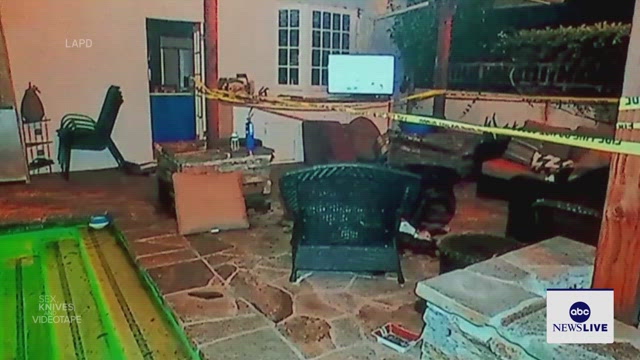Creating Live Organs in Test Tubes
How U.S. scientists created a live rat heart using baby rat cells.
Jan. 14, 2008— -- On some levels, the potentially revolutionary research behind growing a live rat heart in a laboratory is shockingly simple.
Even the lead researcher on this project, Doris Taylor of the University of Minnesota, said she was surprised by how well her "crazy idea" worked. Her team's study appeared in the online version of the journal Nature Medicine yesterday.
Click here for "Nature Medicine."
"It was one of those 'wow' moments," Taylor said.
Taylor and her team took the heart of a dead rat and washed it out with a detergent similar to the ingredients in shampoo. They were left with a clear, translucent shell of a heart.
"You could think of as the bare wooden frame for a house," Taylor explained.
Then they injected that "scaffold" with heart cells from a baby rat and stimulated the heart electrically. Within a couple days, they saw microscopic movements, which -- in a few weeks' time -- resulted in a beating heart.
Taylor described the process like this: "Give nature the tools and get out of the way. We're never going to understand all the pieces. We don't have to."
The goal now is making it work in humans.
"We've been able to do this with a pig heart, and a pig heart is the same size as a human heart. It's really not at all outside the realm of possibility."
Taylor said they might be able to build any organs -- lungs, livers, kidneys -- creating the possibility of a future where the thousands of people who need replacement organs would no longer have to endure agonizing waits.
In the United states alone, an estimated 5 million people live with heart failure, a number that increases by 550,000 newly diagnosed cases every year. About 50,000 Americans die every year while waiting for a donated heart.
Dr. Robert Mitchler of the Montefiore Einstein Heart Center warns that this research "is really in its infancy." Doctors who spoke with ABC News today said that it could be a decade or more before this works in humans, and it's possible it may never work. Rat hearts are very different from human hearts, and doctors haven't even figured out how to get the replacement hearts to work when placed back inside the rats.





